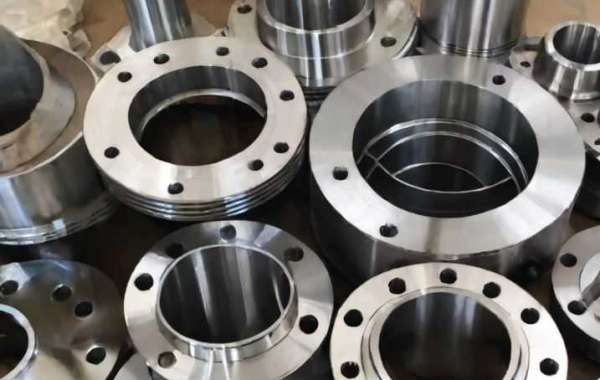ANSI B16.5 is one of the most widely used standards for steel pipe flanges globally. Top China flange manufacturers regularly produce flanges to ANSI B16.5 specifications to meet the needs of international markets across various industries.
This article provides an overview of ANSI B16.5 flanges to assist piping engineers, contractors, and procurement teams in understanding this key flange standard.
Overview of ANSI B16.5
ASME/ANSI B16.5 Flanges cover pressure-temperature ratings, materials, dimensions, tolerances, marking, and testing for steel pipe flanges ranging from NPS 1⁄2 to 24 (DN 15 to 600). It applies to flanges with raised faces, flat faces, ring-type joint faces, and tongue groove-style faces.
It is used extensively worldwide in industries like oil gas, chemical processing, power generation, process piping, and more. Compliance with ANSI B16.5 aims to ensure proper performance and safety of flanged joints.
Development of ANSI B16.5
ANSI B16.5 is developed and maintained by the American Society of Mechanical Engineers (ASME). ANSI provides the approval of ASME flange standards as American National Standards after reviewing the development process.
So technically, ANSI B16.5 and ASME B16.5 refer to the same standard. However the ANSI designation demonstrates that proper Flange Standard and development procedures were followed.
Key Sections of ANSI B16.5
Some main sections and content of ANSI B16.5 include:
- Pressure-temperature ratings from Class 150 to 2500
- Flange facing types like raised face, ring type joint, etc.
- Flange facings with serrated finish requirements
- Flange dimensions for ODs, bolt circles, hub sizes, etc.
- Bolt hole sizes and bolt length/diameter specifications
- Required flange markings like size, rating, and material
- Material specifications for flange facings and bolting
- Requirements for flange gaskets
- Hydrostatic testing and inspection requirements
Types of Flanges Covered
ANSI B16.5 provides specifications for various flange types, including:
- Weld Neck Flanges
- Slip-On Flanges
- Lap Joint Flanges
- Socket Weld Flanges
- Threaded Flanges
- Blind Flanges
- Reducing Flanges
- Flanged Fittings (elbows, tees, etc.)
Materials for ANSI B16.5 Flanges
Some common materials for flanges and flange facings per ANSI B16.5 include:
- Forged Carbon Steel
- Stainless Steels (304, 304L, 316L)
- Alloy Steel
- Nickel Alloys
- Copper Alloys
- Aluminum
The standard references applicable ASTM/ASME material specifications for these grades.
Global Use of ANSI B16.5
Some reasons why ANSI B16.5 enjoys widespread international acceptance:
- Covers the common flange pressure classes used in most industries globally.
- Allows intermixing of flanges from different manufacturers.
- Well-proven designs that meet safety and functionality needs.
- Aligns with other major piping codes like ASME B31.1 and B31.3.
This makes ANSI B16.5 a widely used standard for pipe flanges worldwide. Leading China flange manufacturers supply ANSI B16.5 flanges to global markets.
Sourcing ANSI B16.5 Flanges
When sourcing flanges to ANSI B16.5, key considerations include:
- Reviewing certs and material documentation
- Confirming proper flange markings
- Requesting hydrotest reports if required
- Checking manufacturer credentials and quality system certification
- Reviewing 3rd party inspection reports as applicable
This helps validate full compliance to ANSI B16.5 and the quality of flanges from accredited Chinese suppliers.
ANSI B16.5 is a crucial standard for engineers to understand when it comes to pipe flanges. This overview covers the key technical details, types of flanges, materials, and other essential information on ANSI B16.5 to aid in flange selection and sourcing.










